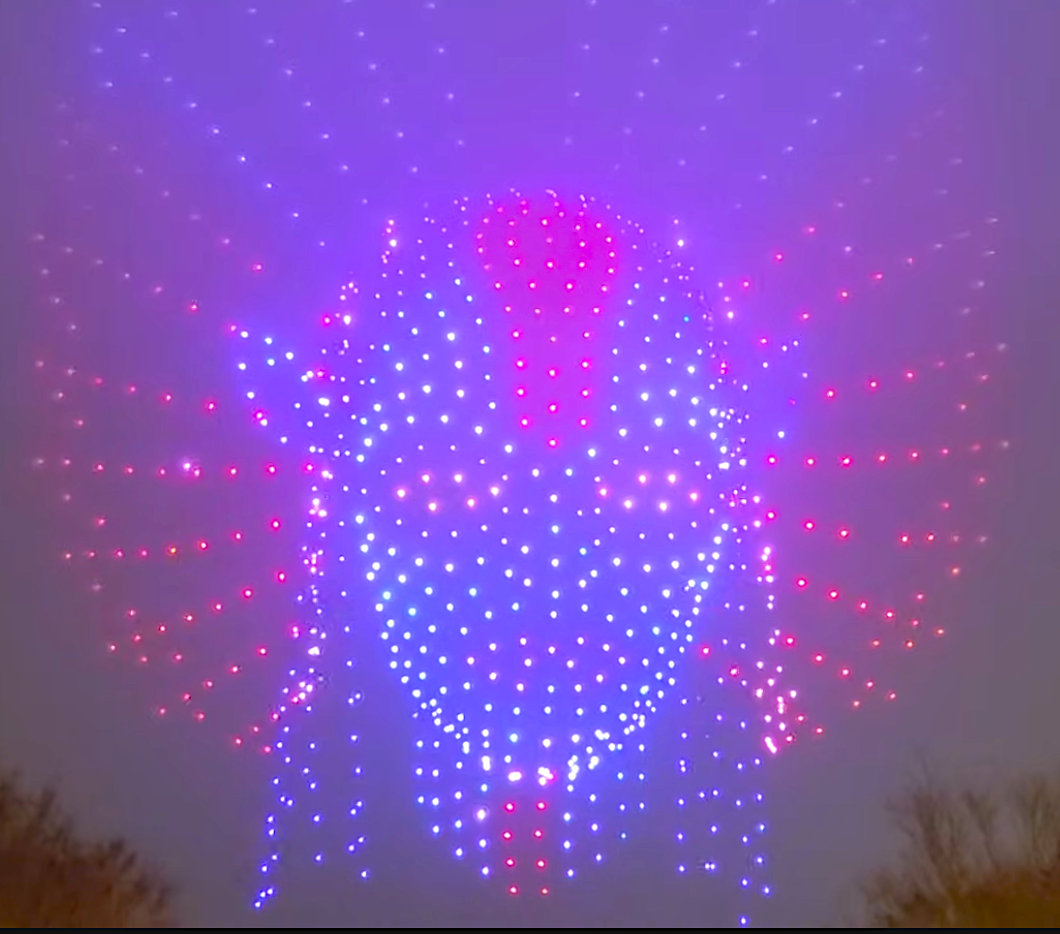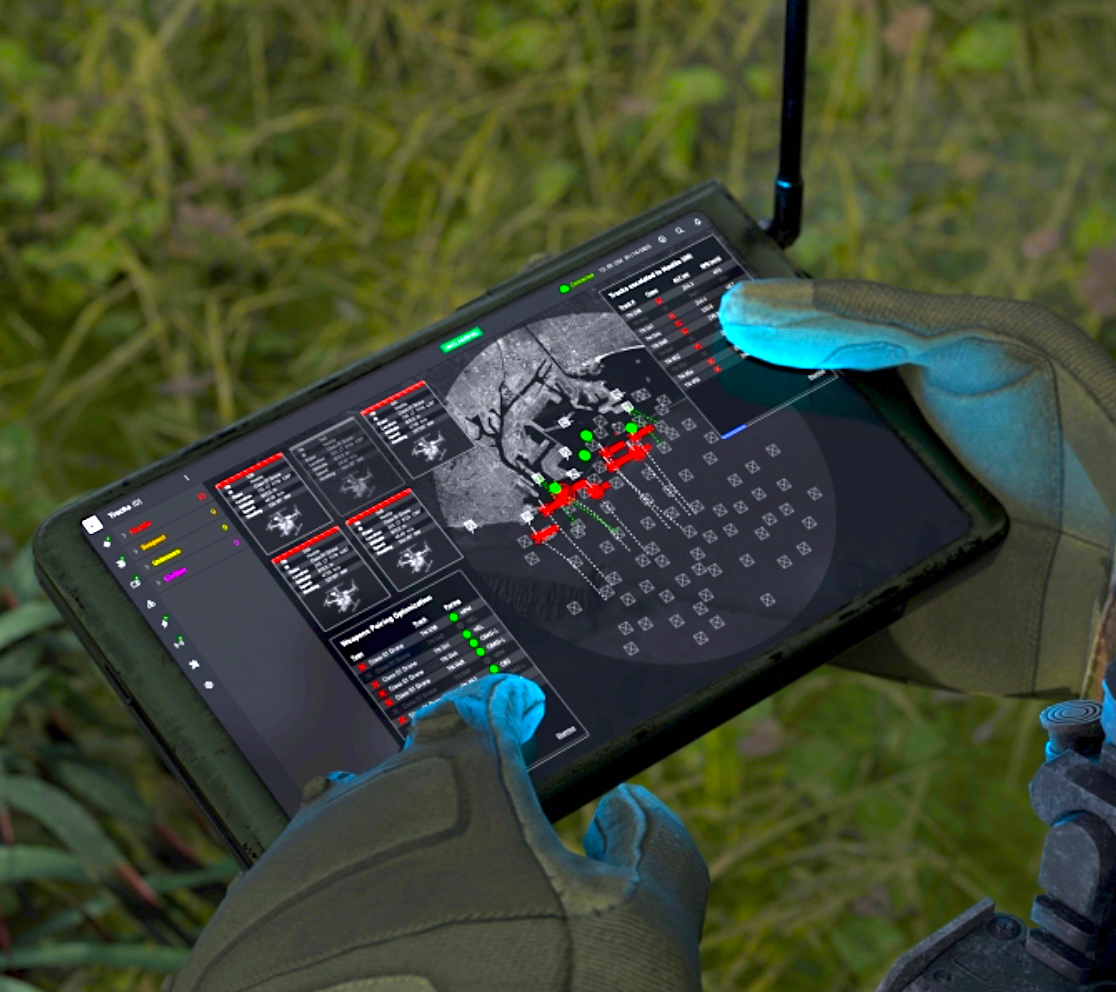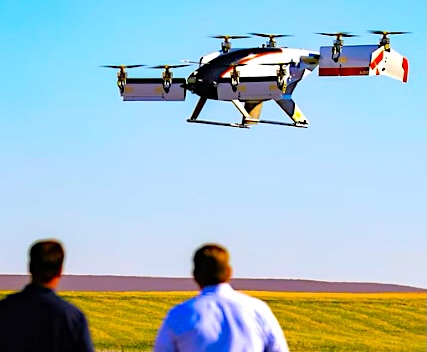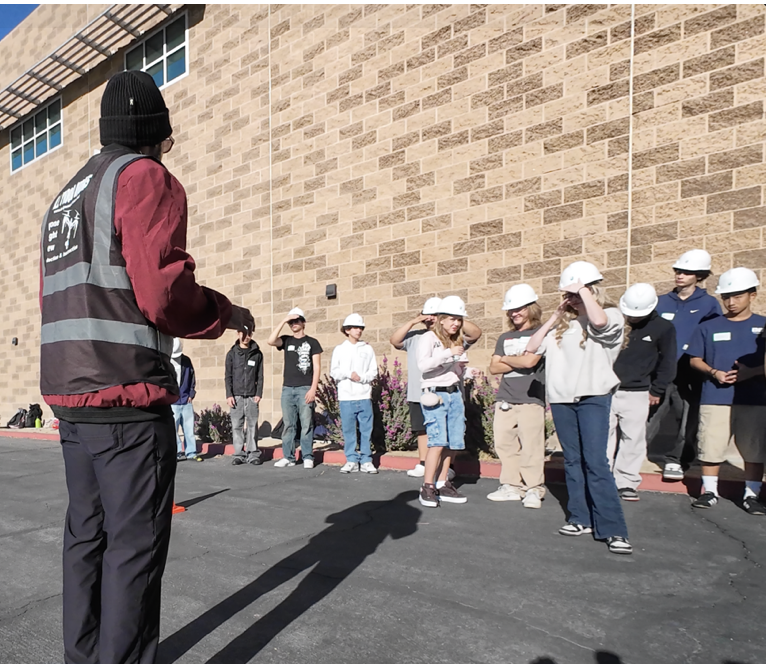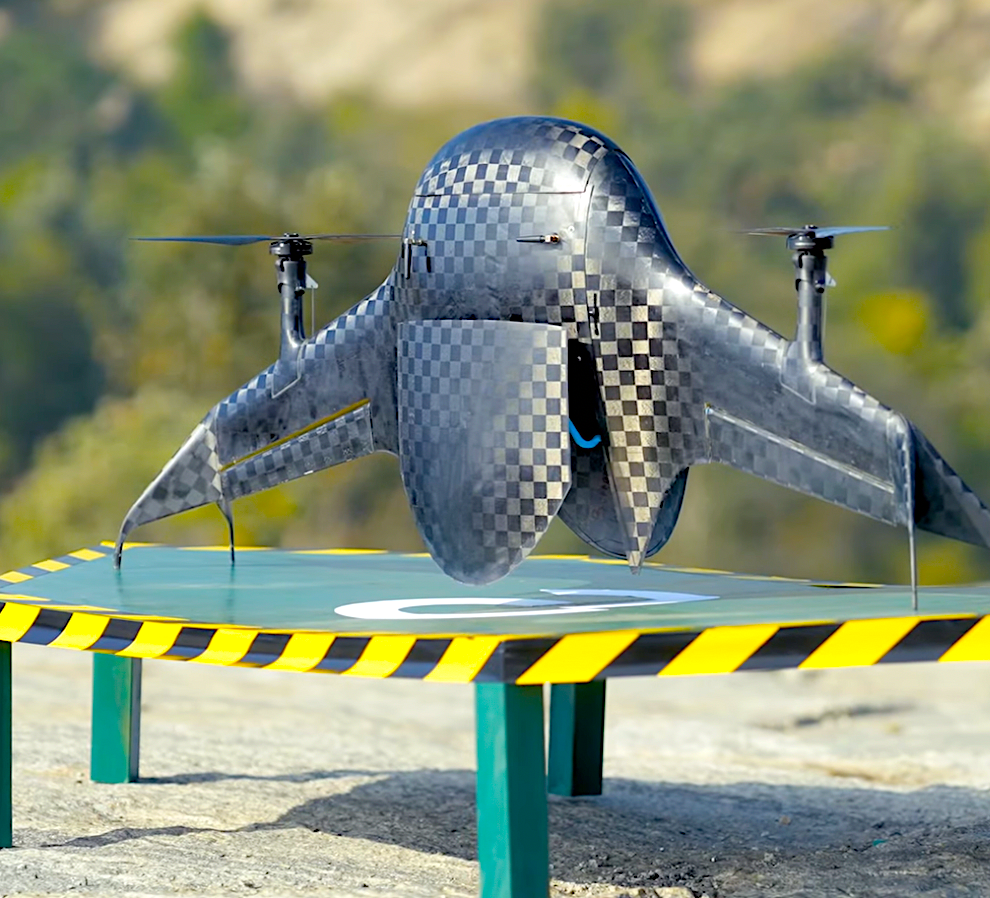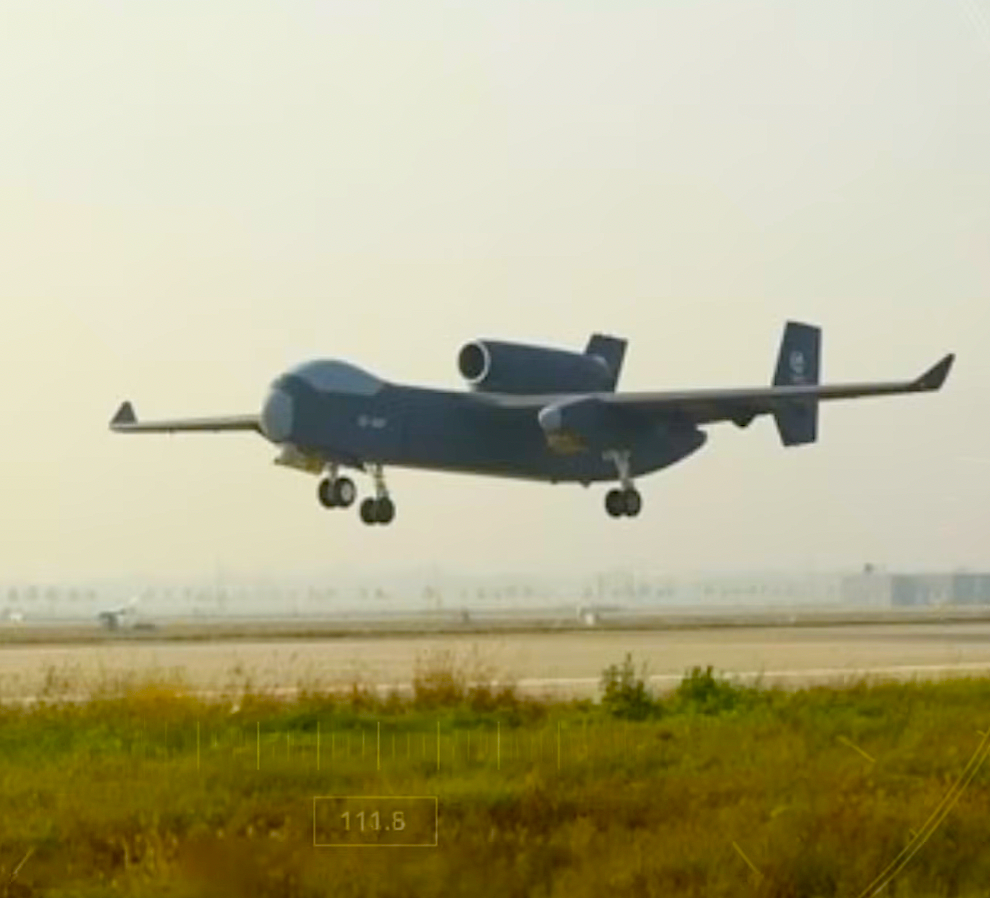Featured NewsTrending NewsTactical and Law EnforcementUtah's Wildlife Drone Squad Investigates Poaching
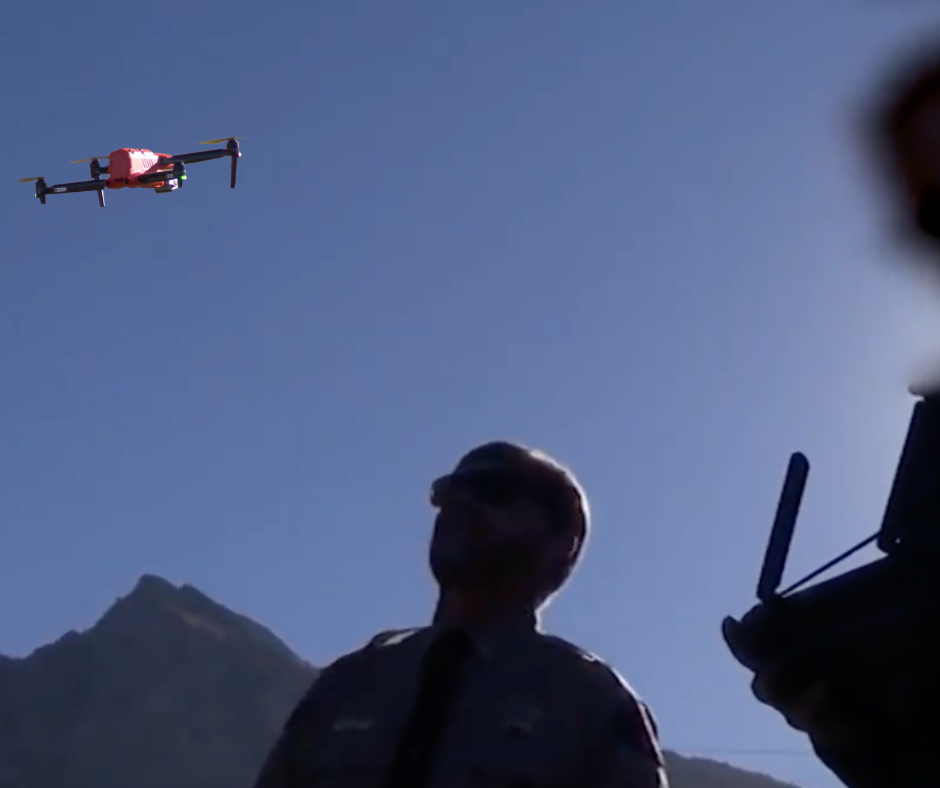
29 November 2022
Excerpted from the Utah Business article Elainna Ciaramella
The Utah Division of Wildlife Resources (DWR) has launched a team of five drone law-enforcement officers to more effectively solve wildlife crimes while assisting other law-enforcement agencies in their investigations and search-and-rescue efforts.
According to Chad Bettridge, captain at the DWR, the drone team has been in the works for a while. By September 2022, each of the agency’s drone operators had completed FAA training and obtained their pilot licenses.
“The DWR created the drone program to aid our officers with their investigations," explains Bettridge. "This help can come through increased documentation of crime scenes and locating evidence. Often, our incident scenes can be from one mountainside to another. The drone will increase our ability to document and understand how a situation may have occurred.”
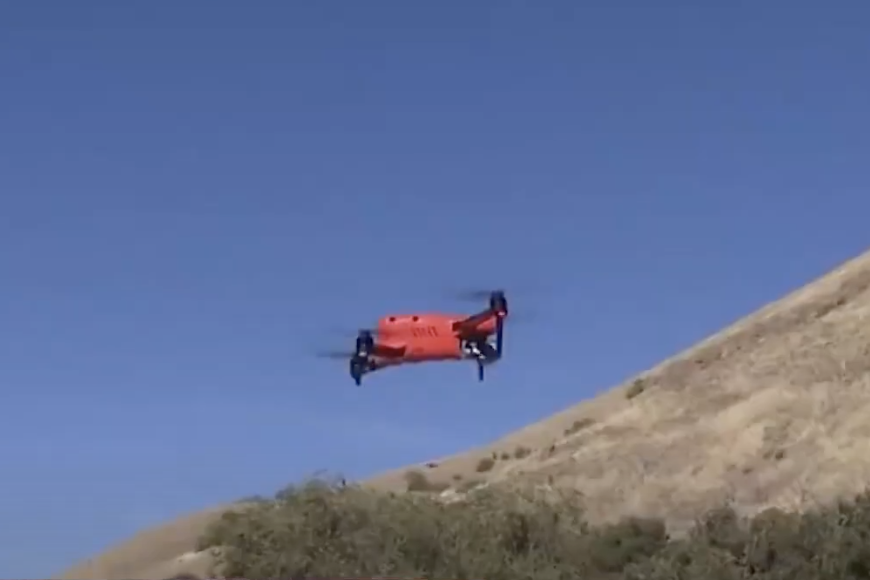
Investigating illegally killed wildlife and trespassing are two major wildlife crimes the drones will help with. The drones can also be very effective in assisting search-and-rescue teams in locating lost and injured people.
In August and September of this year, there were 25 illegally-killed deer and 13 illegally-killed elk documented by DWR officers. The DWR hopes the drones will be helpful in locating illegally-killed animals in the future, as well as mapping out the location of where the incidents occurred.
The DWR has roughly 55 patrol officers covering the entire state. Increasing officers’ efficiency with investigations will greatly benefit the agency and the people of Utah, Bettridge says.
According to Bettridge, some of the more common hunting violations dealing with big game are when a hunter misidentifies what they are shooting at. For example, a hunter with a tag to take a spike bull elk may shoot either a cow elk or a branch-antlered bull instead.
Trespassing on private property is also a common violation. The DWR would potentially use drones to locate carcasses purposefully or accidentally left on the mountain, to map how far an individual was hunting outside of the area they have the permit for, or to map the boundary of private property and record how the property is posted.
What about fur-bearing animals?
Bettridge says Utah does have a bobcat season where trappers with the proper permits can trap bobcats and other furbearers. This is a highly-regulated activity, and DWR officers spend a lot of time during the late winter and early spring making sure people follow the rules. It’s common for traps to be placed in very remote locations, and there are rules about how often a person must check on their traps.
“The drone would allow us to potentially check on a person’s trapping gear without walking up to the trap," says Bettridge. "This would allow us to gather information without the person knowing that we have been there."
Wildlife crimes and poaching are serious and can have life-altering consequences, such as fines, jail time, restitution, confiscation of hunting equipment, and loss of hunting privileges across 49 states (with the exception of Hawaii). This is due to the Wildlife Violator Compact, an agreement across member states that honors each other’s decisions to deny hunting privileges such as licenses and permits to poachers.
When someone is convicted of possessing protected wildlife or illegal killing, it’s common for them to make restitution payments ranging from $2,000 to $30,000, depending on the animal. The minimum fine for killing a bison is $6,000, and the minimum fine for killing a deer with a 24-inch antler spread or larger is $8,000. For a bighorn sheep, the fine starts at $30,000.

